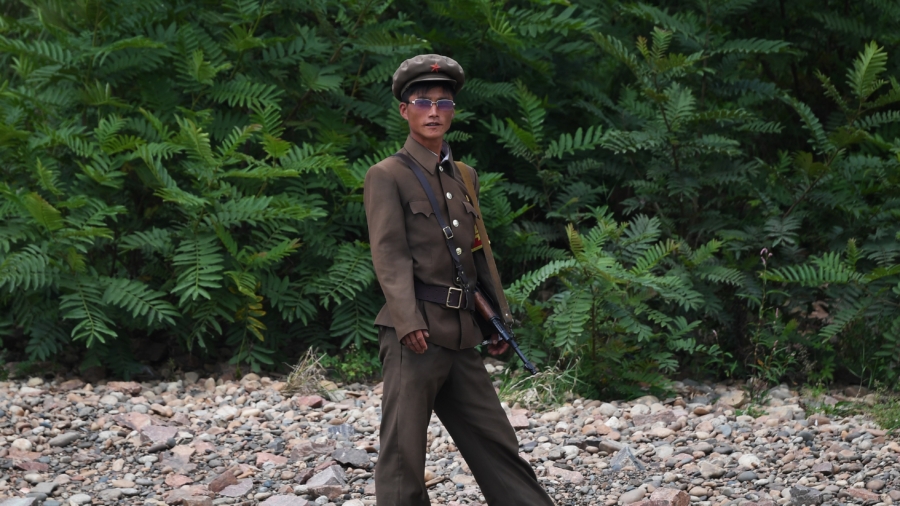North Korea’s socialist regime used to make some of its much needed foreign currency by selling crystal meth – a state-sanctioned drug trade that has left its mark on the country.
The regime’s drug activities were prolific and well documented, with crystal meth being the regime’s export drug of choice after the difficulties of poppy production made heroin a less reliable trade.
With cheap precursor chemicals from China, the regime could reliably produce methamphetamines in massive quantities. It could also do so at a quality that left drug users ‘climbing the wall,’ with a purity of 99 percent, according to a 2013 indictment the Drug Enforcement Agency (DEA) filed against suppliers.

In reference to methamphetamines produced under the North Korean Regime, a confidential source told the DEA, “People in New York, they went crazy… the places that we put it in the States, New York… Boston, all these places, I mean, they went crazy.”
Many have suffered due to the North Korean manufacturing of methamphetamines, with those most affected often being the North Koreans themselves. A close second were Chinese citizens in Liaoning Province, which borders North Korea and acts as a major conduit for North Korea’s drug exports.
“In contrast to the majority of regions in China, the drug of abuse in this region is overwhelmingly crystal methamphetamine,” notes the U.S. international narcotics bureau’s 2012 International Narcotics Control Strategy Report.

By 2016, the problem had worsened according to defectors and media reports from China and Russia.
“According to these sources, methamphetamine production and consumption appears to have expanded considerably within North Korea over the past decade. The increased availability of the drug has also fueled cross-border smuggling of the drug into China and other countries,” notes the 2016 report.
But there has been a change in today’s drug compared to a decade ago. It used to be that drug seizures from North Korea were routinely intercepted en route to Japan or to countries with clear ties to North Korean authorities. Now the drug trade appears more free market.
“The best available information suggests that most methamphetamine production now takes place in small laboratories operated by criminal entrepreneurs that appear to operate independently of the state,” reads the 2016 report.
But state-run or not, crystal meth is an epidemic in North Korea, according to many sources.

The U.S. international narcotics bureau reports that crystal meth use is widespread, regardless of class. Everyone, from students to workers, to the affluent of society is known to use the drug.
Up to 30 percent of North Koreans use drugs, according to Lee Kwan-hyung, a researcher from Seoul-based Database Center for North Korean Human Rights.
Lee surveyed North Korean defectors who left after 2010 and found a startling prevalence of drug use, with one defector telling him drugs were more common than rice.
Crystal meth is one of the most addictive drugs in the world, but in North Korea it is not considered a major threat.
“It’s not treated as serious abuse, and can even be prescribed as medicine,” University of Technology Sydney associate professor Bronwen Dalton told nine.com.au.
The drug gives users energy and alertness, can help them ignore pain, and can give the Kim regime another avenue to keep North Korean’s under its control.
If you enjoyed reading this article, support our independent journalism by sharing it on social media. Thank you!


